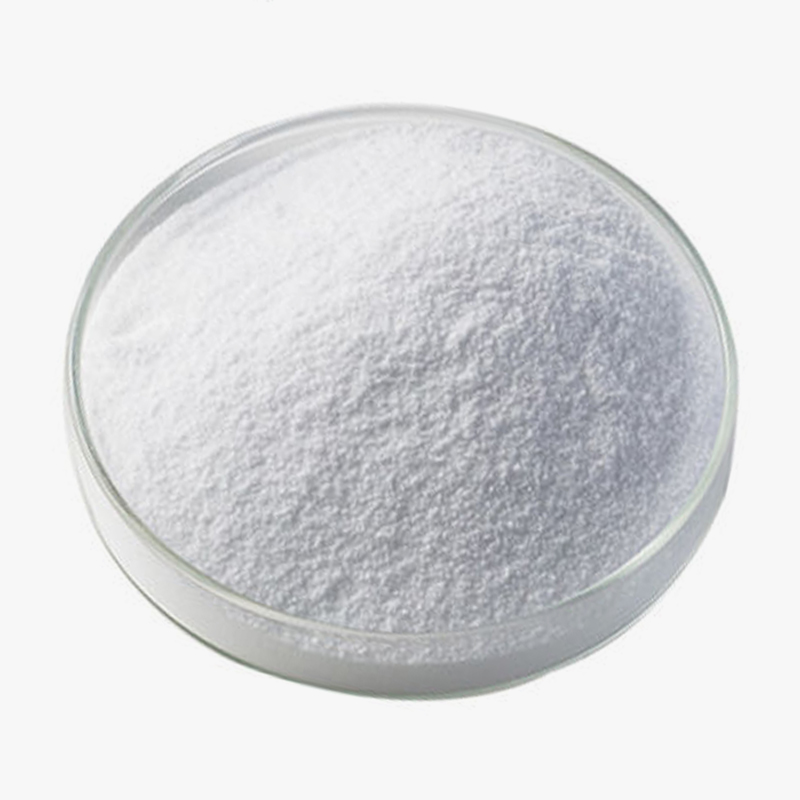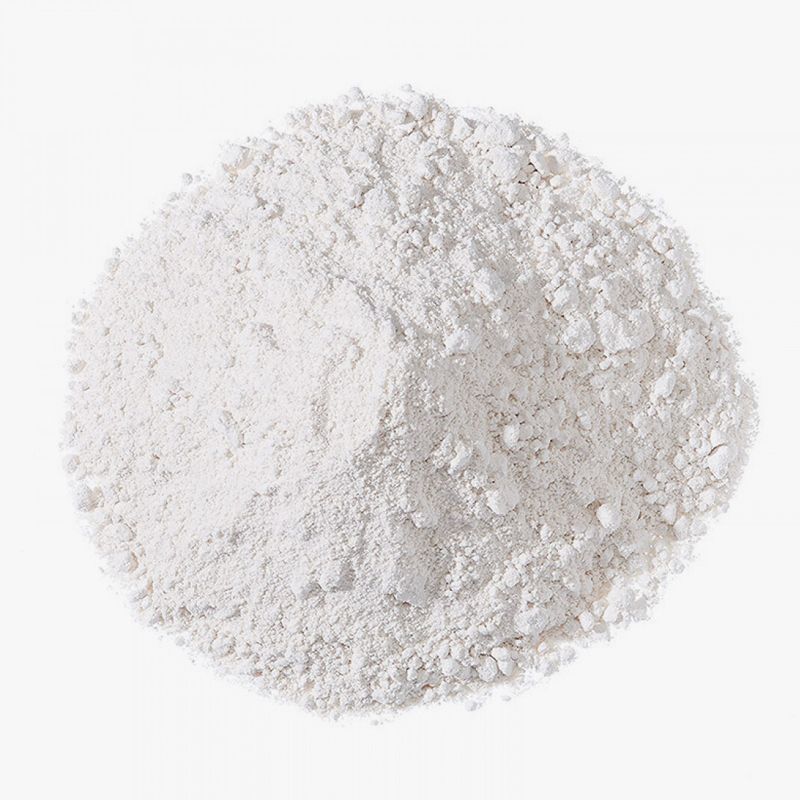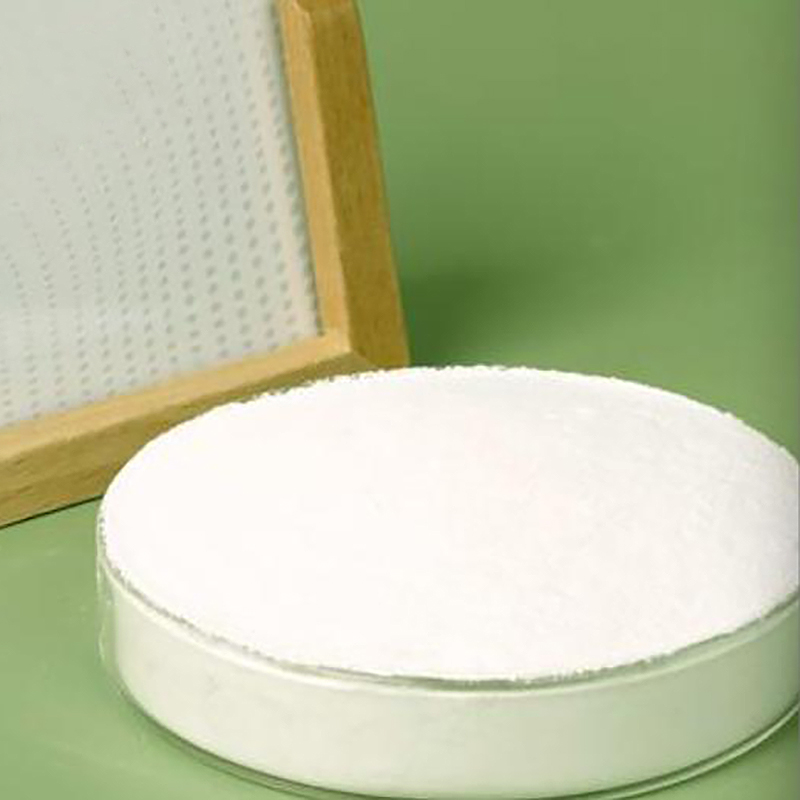HPMC Series stands out as one of the most versatile cellulose derivatives due to its unique properties, making it a popular choice across a range of industries, from pharmaceuticals to food and cosmetics. When compared to other cellulose derivatives, such as Methylcellulose (MC) and Ethylcellulose (EC), HPMC Series offers distinctive advantages, particularly in terms of solubility and viscosity, which directly influence its functionality in various applications.
One of the key properties that sets HPMC Series apart is its solubility in both hot and cold water. Unlike traditional cellulose, which is insoluble in water, HPMC Series is readily soluble in cold water, making it highly convenient for use in formulations that require easy mixing and dispersion. The solubility of HPMC Series is largely due to its hydroxypropyl groups, which enhance its ability to dissolve in aqueous solutions. In comparison, Methylcellulose (MC) is typically only soluble in hot water and tends to form gels upon cooling, limiting its versatility in some applications. Ethylcellulose (EC), on the other hand, is generally insoluble in water, which restricts its use in aqueous-based formulations. This significant difference in solubility makes HPMC Series more adaptable, particularly in pharmaceutical formulations like tablets and capsules, where ease of dissolution and uniform consistency are crucial.
When it comes to viscosity, HPMC Series also provides a significant advantage over its counterparts. Viscosity is a measure of a substance's resistance to flow, and in many formulations, the ability to control viscosity is essential for achieving the desired product consistency. HPMC Series offers a wide range of viscosities, which can be tailored by adjusting the degree of substitution and molecular weight of the product. This allows for precise control over the thickness and texture of a formulation, which is especially beneficial in applications like drug delivery systems, where the viscosity can affect the release rate of the active ingredients.
In contrast, Methylcellulose tends to have lower viscosity in comparison to HPMC Series, especially at lower concentrations. While Methylcellulose is valued for its ability to form gels, this gel formation typically requires higher concentrations, which can be impractical for certain formulations. Ethylcellulose, although it can offer high viscosity, often requires the use of organic solvents for solubilization, limiting its application in water-based formulations. Therefore, HPMC Series is often favored over these cellulose derivatives in cases where control over viscosity and ease of formulation are critical.
Another important factor to consider is the stability of the viscosity of HPMC Series over time. The material's viscosity remains stable under a wide range of conditions, including temperature fluctuations, which is not always the case with other cellulose derivatives. For instance, the viscosity of Methylcellulose can be significantly affected by temperature changes, with its gel strength increasing as the temperature drops, which could be problematic in some industrial processes. HPMC Series, however, maintains its viscosity more consistently, providing better reliability in formulations that require uniformity over time.
In terms of functionality, HPMC Series also offers superior binding properties compared to other cellulose derivatives. This characteristic is particularly important in the pharmaceutical industry, where HPMC Series is used as a binder in tablet formulations. The high viscosity of HPMC Series ensures that the active ingredients in the tablets are evenly distributed and held together securely. In contrast, Methylcellulose may not offer the same level of binding strength at lower concentrations, requiring the addition of other excipients to achieve the desired tablet consistency. Ethylcellulose, while effective as a coating agent, is less effective as a binder, making it less suitable for certain tablet applications.
Moreover, HPMC Series’s ability to form films that are both flexible and resistant to moisture makes it an ideal candidate for coatings in drug formulations. The film-forming property of HPMC Series provides a protective barrier around tablets and capsules, ensuring controlled release of the active ingredients. In comparison, Ethylcellulose is often preferred for its film-forming capabilities in controlled-release formulations due to its high hydrophobicity, but it may not be as effective in water-based formulations as HPMC Series.

 简体中文
简体中文 English
English русский
русский عربى
عربى Español
Español










